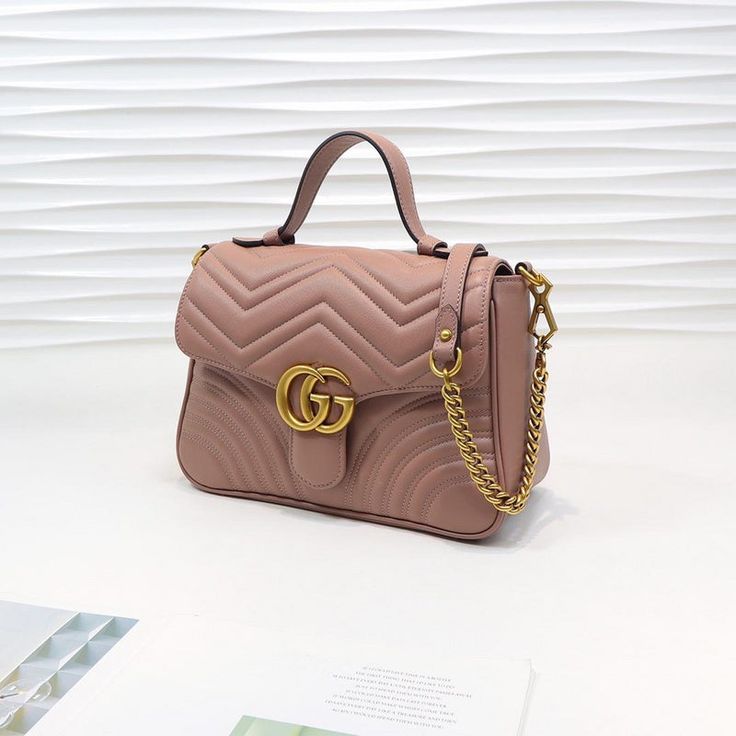The booming second hand designer australia offers an exciting opportunity to acquire coveted luxury pieces at more accessible prices. However, with this growth comes the critical challenge of distinguishing authentic items from convincing counterfeits. Investing in a fake not only wastes money but also supports illicit activities. This guide provides essential strategies and key checkpoints to help you confidently identify genuine second-hand designer items when shopping across Australia.
The Foundation: Buying from Trusted Sources
Your strongest defense against counterfeits is to always purchase from reputable sellers. These businesses invest heavily in expert authenticators and stand by their products with guarantees.
- Established Online Consignment Stores: Platforms like Luxe.It.Fwd, Royal Bag Spa, EMIER, myGemma AU, Votre Luxe, RELOOP, The Pre Loved Closet, Reluv Clothing, and Vestiaire Collective are known for their rigorous multi-point authentication processes. They employ trained experts who meticulously vet every item before it’s listed.
- Reputable Physical Boutiques: Stores such as Blue Spinach (Sydney), Studio61 Sydney (Sydney), SwapUp (Sydney), VENLA resell+relove (Sydney), Ciao Luxe (Sydney), PH Luxury Consignment (Sydney), Eurotrash (Melbourne), and IRVRSBL (Melbourne) have in-house authentication teams and a reputation built on trust. Shopping in person also allows for a direct physical inspection.
- Clear Guarantees: Always look for a clear authenticity guarantee and a transparent return policy from any seller. This provides a crucial safety net.
Key Authentication Checkpoints: What to Examine Closely
While each luxury brand has its unique “tells,” several universal indicators apply across most designer items. Train your eye to spot inconsistencies in these areas:
- Stitching: Authentic designer items feature impeccable, even, and consistent stitching. Threads should be strong, tightly pulled, and without loose ends, irregular spacing, or crooked lines. Counterfeits often display sloppy, uneven, or rushed stitching, or use cheap, shiny thread.
- Hardware Quality: Examine all metal components: zippers, clasps, buckles, feet, and logos. Genuine luxury hardware is typically heavy, solid, and made from high-quality metals. It should have a consistent finish (e.g., polished, matte, antique), operate smoothly without snagging, and any engravings (like brand names or logos) should be crisp, precise, and deeply etched, not shallow or blurry. Fakes often use lighter, cheaper metals that chip, tarnish, or feel flimsy.
- Materials (Leather, Canvas, Fabric): Feel the material. Authentic luxury items use premium materials that have a specific scent, texture, and flexibility unique to the brand. Leathers should feel supple, natural, and often have a distinct, pleasant aroma (not a strong chemical smell). Canvases should be durable and consistent in pattern. Counterfeits often use inferior, stiff, plastic-like, or overly shiny materials that lack the genuine feel and smell.
- Heat Stamps, Logos, and Engravings: Brand logos, date codes, and heat stamps should be clear, evenly spaced, and deeply embossed or precisely printed. The font should exactly match the brand’s specific typography. Any smudging, unevenness, incorrect font, or shallow impressions are major red flags. Pay attention to the placement and orientation as well.
- Date Codes / Serial Numbers: Most luxury brands include unique identifiers, though their format varies. Louis Vuitton uses date codes (indicating factory and date of production), while Chanel uses serial numbers (often on an authenticity card that matches a sticker inside the bag). Research where these are located for the specific item model you’re interested in and how they are structured. They should be consistently applied and match the brand’s conventions. Their absence or an incorrect format is a significant red flag.
- Lining and Interior: The interior of a luxury item is just as important as the exterior. Linings should be made of high-quality material, neatly sewn, and free from wrinkles, loose threads, or poor finishing. Pockets and compartments should be well-constructed and functional.
The Role of Documentation and Packaging
While packaging can be replicated, it still offers additional clues:
- Original Receipts and Authenticity Cards: If available, these can strengthen a bag’s provenance, but be aware that they can also be faked. Cross-reference details with the item itself.
- Dust Bags and Boxes: Authentic luxury items come with high-quality dust bags and boxes. While these can be replicated, a genuine set will feel substantial and have precise branding.
When in Doubt: Seek Professional Authentication
For high-value purchases or if you have any lingering doubts, investing in professional authentication is highly recommended. Many of the reputable online and physical retailers mentioned above offer dedicated authentication services, leveraging specialized tools, databases, and extensive expertise to provide a definitive verdict.
Conclusion
Navigating the second-hand designer market in Australia can be incredibly rewarding. By arming yourself with knowledge about key authentication checkpoints, prioritizing purchases from trusted and transparent sellers, and seeking professional verification when necessary, you can confidently acquire authentic, high-quality designer pieces that will enhance your style for years to come.

